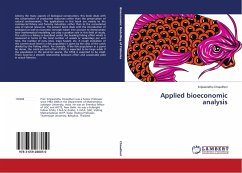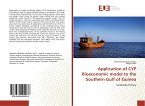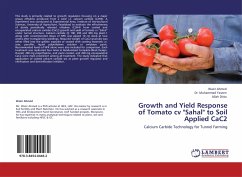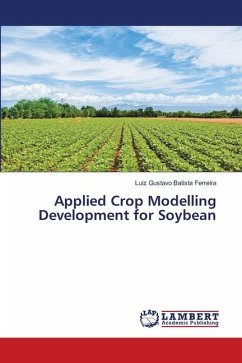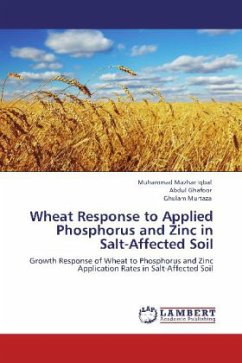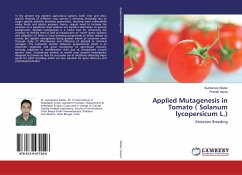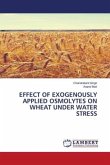Among the many aspects of biological conservation, this book deals with the conservation of productive resources rather than the preservation of natural environments. The applications in this book are mainly to the commercial fishery and forestry industries, rather than to the recreational uses of natural resources. The present book deals with the introduction of biological as well as economic concepts taken into account to demonstrate how mathematical modelling can play a positive role in this field of study. The catch in a fishery is described under the heading fishing effort which is measured in terms of the total number of vessels or vessel-days per unit time, the number of nets, lines, traps hauled, etc. A rough indication of the current stock level in a fish population is given by the ratio of the catch divided by the fishing effort. For example, if the fish population in a pond be dense, the catch-per-unit-effort (CPUE) is expected to be large while if the population in the pond be sparse, the CPUE is expected to be small. There must be a smooth relationship between effort and sustainable yield in actual fisheries.
Bitte wählen Sie Ihr Anliegen aus.
Rechnungen
Retourenschein anfordern
Bestellstatus
Storno

